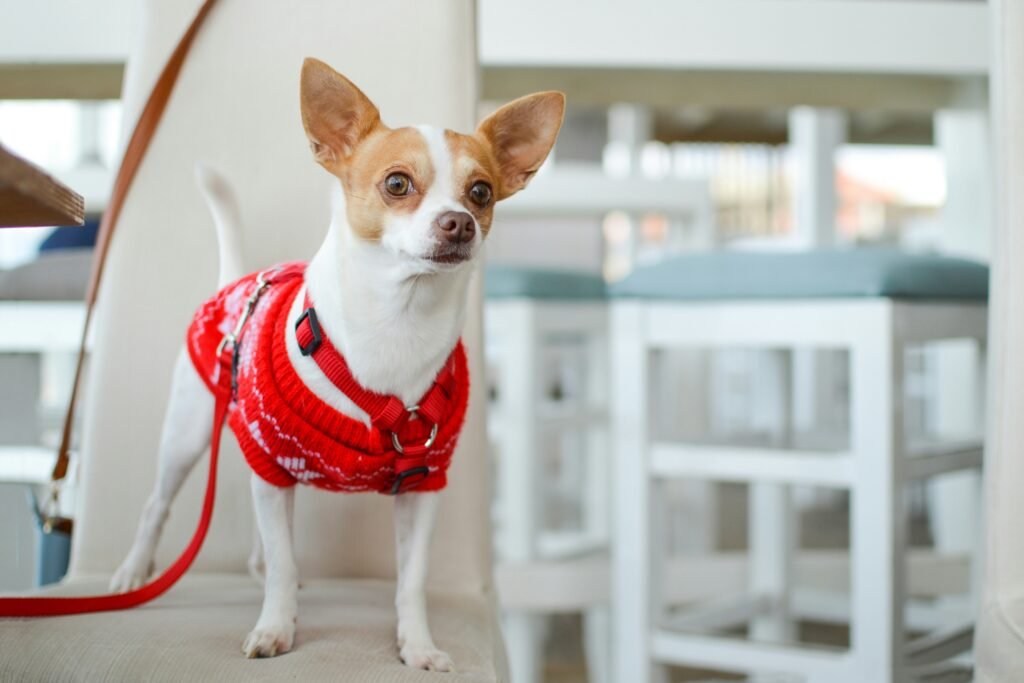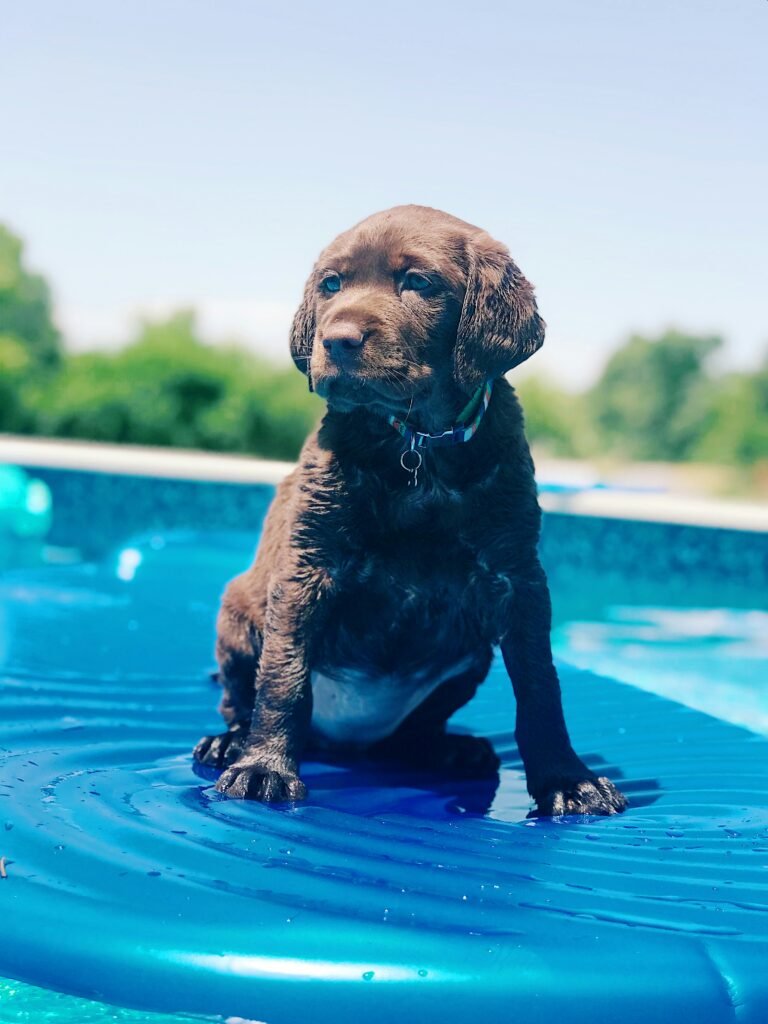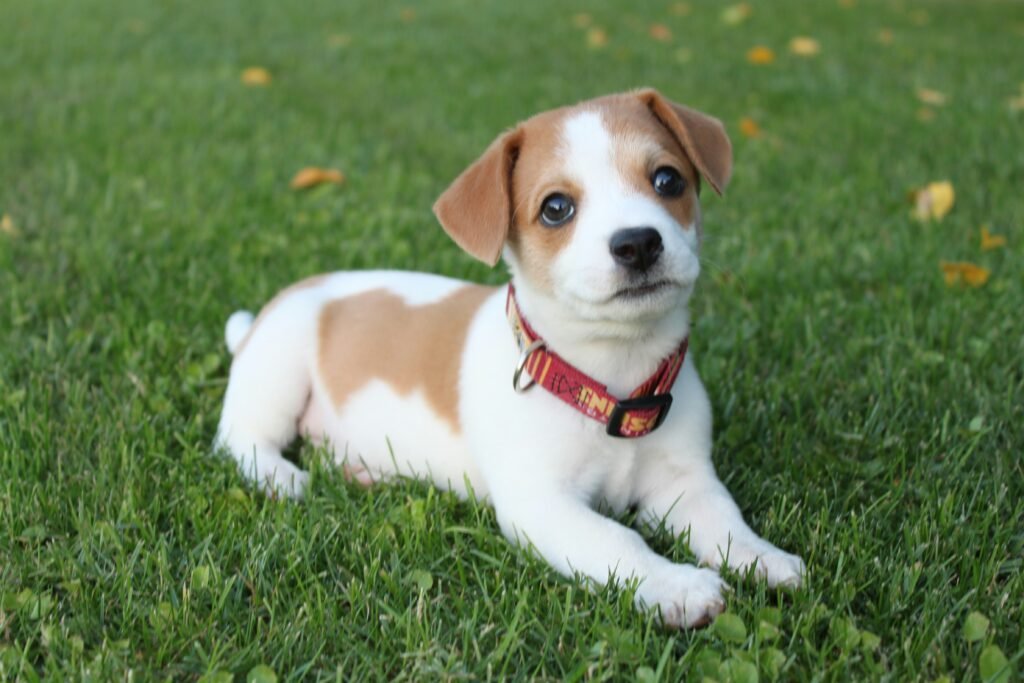Have you ever found yourself utterly bewildered in the pet store aisle, staring at the endless array of dog collars and wondering, “Which one should I choose for my furry friend?” If you’ve nodded in agreement, you’re not alone. Shopping for dog collars can feel a bit like traversing a maze with no clear end in sight. But fear not, dear reader, for today, we’re going to unravel the mystery of finding the best collars for dogs. Let’s embark on this journey together, hopefully sparing you from any more collar-related anxiety.
Understanding Why Dog Collars Matter
Dog collars are more than a mere accessory. They are the unsung heroes of pet ownership, offering safety, control, and a chance to showcase some style. Ever lost a dog because of a flimsy collar? Not a pleasant experience, I assure you. A good collar not only ensures your dog is secure but can also prevent injury. Like choosing clothes that fit just right, picking a collar should consider comfort and functionality.
The Role of Dog Collars
Why do we fuss so much over a simple collar? Well, consider a collar as a multitool for your dog. It identifies, controls, and provides a sense of security. With their name and your contact information securely around their neck, your dog becomes less of a wanderlust furry and more an identifiable member of your household, ready to be returned if their curiosity takes them too far.
Safety and Control
If you’ve ever tried walking a dog without a collar or harness, you likely remember the chaos. The collar is your lifeline—a gentle reminder to your dog of who’s in charge and a safeguard against unexpected ventures. A well-fitted collar ensures balance between freedom and security, allowing your dog to explore without getting into too much trouble.
Exploring Different Types of Dog Collars
Just as we each have our favorite Sunday sweatpants, dogs have preferences too. Let’s explore the vibrant wardrobe of collar options currently available. Each type serves different purposes and, much like a finely tailored suit, the collar should be chosen based on individual needs and personalities.
Flat Collars
Your classic, everyday collar. Think of it as the T-shirt of dog collars. It’s simple, functional, and typically available in countless colors and patterns. They’re perfect for dogs that walk nicely on a leash without pulling. Most have a buckle or a quick-release clasp, making them a breeze for everyday use.
Martingale Collars
If your dog is a bit of a Houdini, adept at slipping out of regular collars, the martingale design might just save you some headaches. Often called greyhound or whippet collars, these are particularly great for dogs with narrower heads. The design tightens slightly when your dog pulls, preventing escapades without choking them.
Head Collars
No, not a medieval instrument of torture, but an ingenious design that resembles a horse’s halter. Head collars are excellent for enthusiastic pullers, giving you more control. They can feel a bit strange to a dog at first, so gradual introduction and positive reinforcement are key.
Choke Chains and Prong Collars
Ah, the controversial topic enters the chat. While these can be effective for training in specific scenarios, they require experience to use safely. Both work by offering “correction” pressure when dogs pull. They must fit correctly; otherwise, they risk causing harm. Consider consulting a professional trainer if this is your path.
Harnesses
Although not a traditional collar, harnesses deserve an honorable mention. Particularly useful for small breeds with delicate necks or for large dogs that pull like freight trains. A harness distributes pressure over the chest, protecting the neck and offering better control.

This image is property of images.unsplash.com.
Key Features to Consider
Finding the right collar is a bit like matchmaking. There are features you simply can’t ignore if you want to avoid future regrets. Comfort, adjustability, and durability are as essential as a cup of coffee on a Monday morning.
Material
Choosing the right material is more art than science. Collars come in various materials like nylon, leather, and even metal chains. Nylon is lightweight and affordable, suitable for everyday use, while leather adds a classic touch, offering durability but typically requiring more care. For those moisture-loving pups, waterproof options are always a solid consideration.
| Material Type | Features | Pros | Cons |
|---|---|---|---|
| Nylon | Versatile and colorful | Lightweight, affordable | May fray over time |
| Leather | Classic and durable | Long-lasting, aesthetic | Requires maintenance, pricier |
| Metal | Sturdy constructions | Durability | Can be heavy, may rust |
Adjustability
Dogs grow and change, like those jeans you swore always fit. A collar should be adjustable to accommodate growth, weight fluctuations, and even the fluff of seasonal coats. Look for collars with adjustable straps and consider how your dog’s size might change.
Buckles and Clasps
These are the unsung heroes. A sturdy buckle or clasp can make the difference between your pet staying safely by your side and an unexpected escape artist performance. Plastic clasps are quick and light, while metal buckles offer superior strength. Consider your dog’s size, strength, and demeanor when choosing.
Visibility
Collars with reflective materials or LED lights can be a lifesaver, especially if you’re one for late-night walks. Whether it’s a glowing strip stitched into the fabric or a clip-on light, visibility features could be the difference between a safe walk and one that’s, quite literally, off-track.
Personalizing Dog Collars
Yes, style matters to dogs too (even if it’s really more about our enjoyment). Personalizing your dog’s collar is a delightful way to let their (or your) personality shine through.
Colors and Patterns
Colors can reflect personality or mood. Is your dog lively and energetic? Perhaps a neon collar makes the perfect statement. More of a serene, graceful pupper? A subtle earth tone might be just the ticket. Patterns provide another layer of expression, with choices ranging from plaids to polka dots, allowing endless customization.
Engraving and ID Tags
Sometimes the simplest personal touch is a custom engraving. An ID tag with your dog’s name and your contact information is non-negotiable, much like wearing pants when you leave the house. It’s a small step that makes a big difference if your canine companion ever decides to take a solo tour of the neighborhood.

This image is property of images.unsplash.com.
The Steps to Finding the Right Fit
Let’s talk about the how-to portion of our collar quest. Selecting the right collar involves a bit of measurement and observation—think of it as tailoring, but less intimidating.
Measuring Your Dog’s Neck
Grab a cloth measuring tape, the same kind you’d use reluctantly around New Year’s. Measure around the thickest part of your dog’s neck, where the collar will sit. Add two inches to that measurement for comfort. Easy, right?
Testing Fit
Once you’ve got the collar, check the fit. The rule of thumb is you should be able to fit two fingers snugly between the collar and your dog’s neck. If it’s looser, your dog could wriggle free; tighter, and it might be uncomfortable.
Monitoring Adjustment
Even after you’ve found ‘the one’, frequent checks are wise. As your dog ages, their size and shape might change—just like us with our late-night snacking habits. Regularly adjust the collar to ensure it continues to fit well.
Special Considerations
Certain dogs have unique requirements, akin to how some of us can live with pineapple on pizza. For these dogs, picking the right collar means acknowledging those quirks and needs.
Puppies
Puppies are a bit like toddlers, full of energy and a tendency to grow when you’re not looking. Opt for adjustable collars that cater to rapid growth. Consider soft materials to protect their sensitive skin.
Senior Dogs
Older dogs might need collars with extra padding or specific materials that won’t irritate skin or fur. Safety features like reflective strips are important as eyesight might not be what it once was for our elderly canines.
Allergies and Sensitive Skin
Some dogs have more sensitive skin than others. If your dog tends to itch at the collar, hypoallergenic materials like canvas or specially-treated leather could make a world of difference.

This image is property of images.unsplash.com.
Additional Accessories
Every dog has a unique personality that can be highlighted with the right accessories. Let’s think about some fun add-ons that enhance the collar without compromising style or safety.
Leashes
Matching your leash with the collar can be quite the style statement. More than just aesthetics, consider the material and length for comfort and practicality. A retractable leash offers flexibility, while a traditional one provides more control.
GPS Trackers
For the adventurous or occasionally wayward dog, a GPS tracker can offer peace of mind. These clip onto your dog’s collar and provide real-time location tracking, ensuring your excursions remain stress-free.
Charms and Bells
Why should cats have all the fun with bells? A small charm or bell can add flair and some sound to your dog’s step, but be cautious: some dogs are irritated by the constant jingle, and not all charms are safe or durable.
Making the Final Decision
The final choice should reflect a balance of practicality, safety, and something that simply makes you smile every time you see it. After all, it’s a small yet significant piece of gear that symbolizes much about your relationship with your pet.
Trust Your Dog’s Reaction
Sometimes, dogs are quicker at making decisions than we are. Try out a few collars, and if your dog seems particularly content with one, it might be the end of your search. A comfortable dog is a happy dog.
Consider Your Lifestyle
Think about your own routines and habits. Are you active and outdoor-loving? Or is your bonding time mostly about couch cuddles? The tasks you share with your dog dictate what features you might prioritize in a collar.
Summing it Up
Selecting the best collar for your dog isn’t merely a task; it’s a straightforward reflection of how much you care. Every pooch is different, and behind every collar is a beloved pet. By considering the types, materials, and unique needs of your dog, you ensure not just their safety but also nurture the bond you share. So, next time you find yourself perusing the collar aisle, take a deep breath, channel that inner dog whisperer, and remember: your choice keeps your pet safe, comfortable, and just a tad bit stylish.
With that in mind, happy collar shopping!





